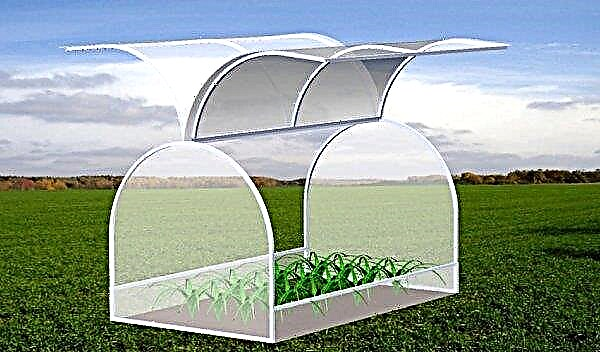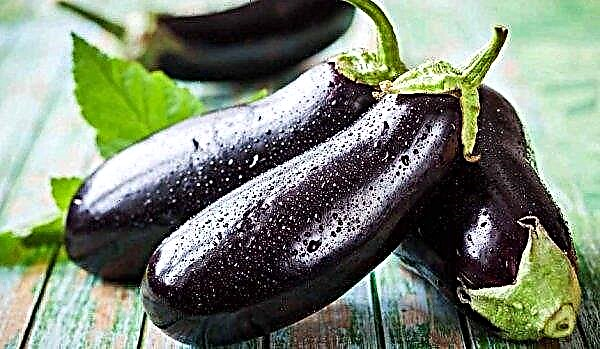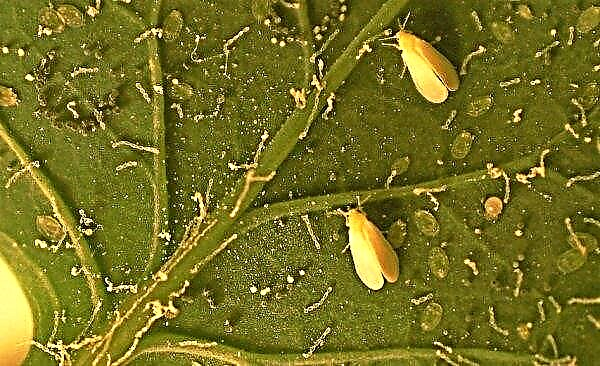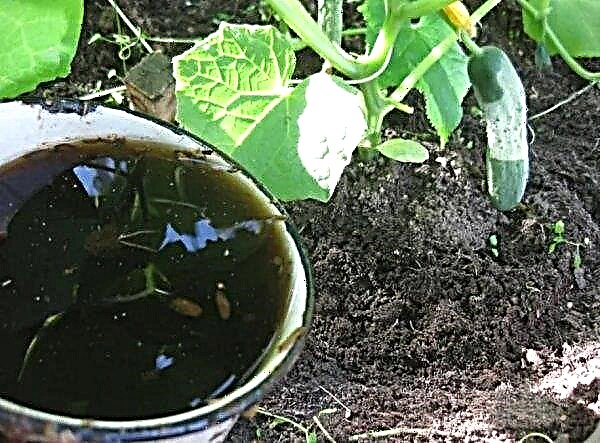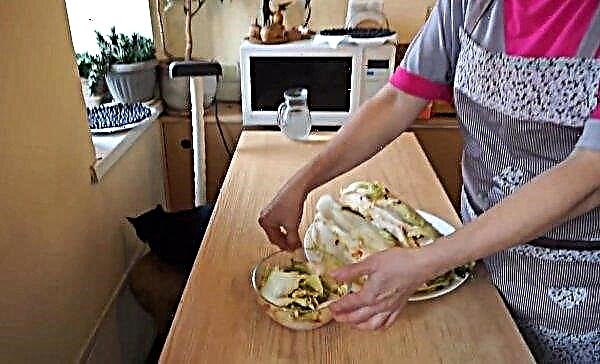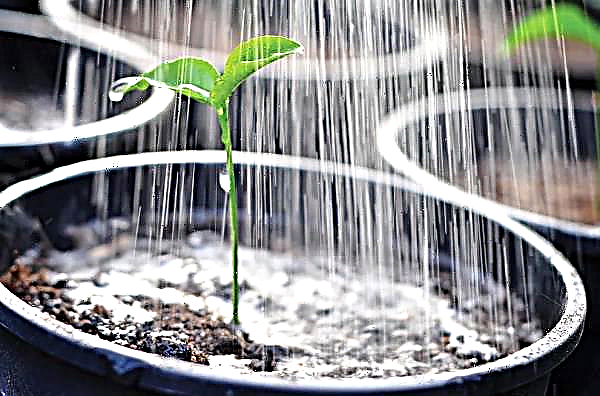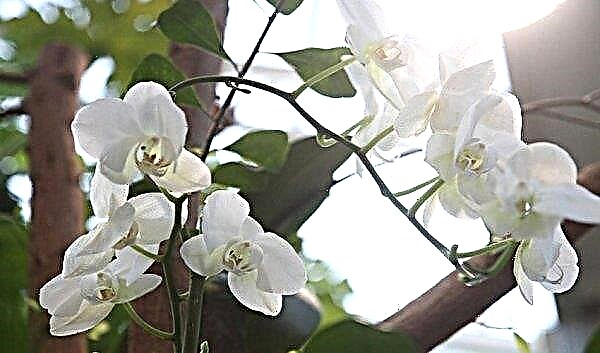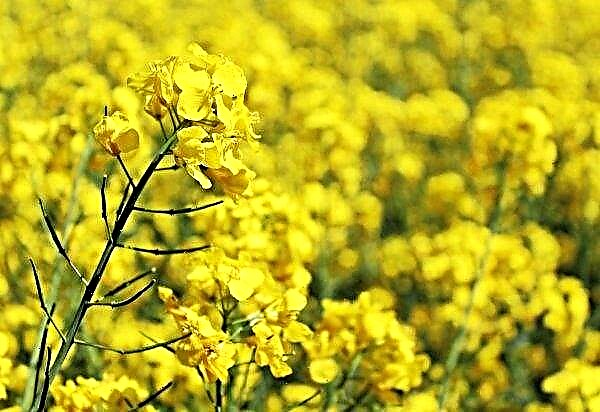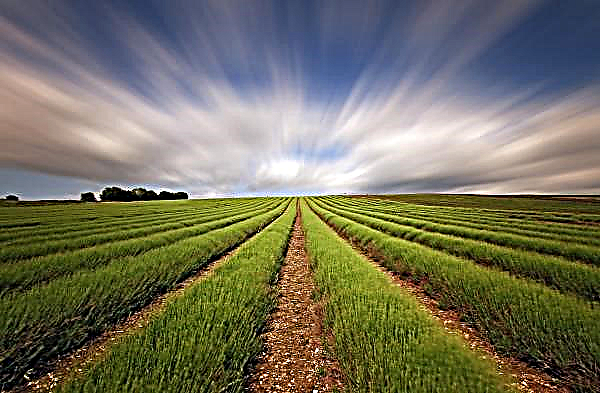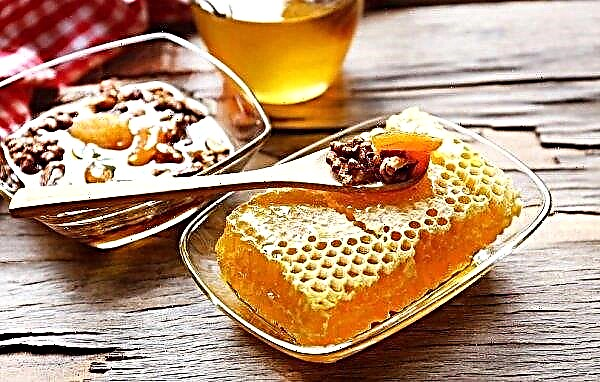Experienced gardeners try to improve their garden and achieve the highest quality crop. Thus, the soil is saturated with useful trace elements and you can get a good harvest.
Features of the Lasagna

Growing vegetables on a similar bed is one of the methods of organic gardening. In this case, you save time on soil treatment with fertilizers, but you get a high-quality and loose substrate.
You do not need to use products containing fat, meat and dairy products to create a lasagna bed. Such products attract dogs and cats, which ruin the design.
This bed should be filled with green and brown components:
- green or nitrogen: waste products, coffee, tea, leaves, grass;
- brown or carbon.

After some time, all this is processed by microorganisms that live in the soil and form fertile soil. The main advantage of such a bed is that you can sow seeds or plant seedlings almost immediately, rather than wait about a year, as is the case with a compost pit.
How to do
The construction of the lasagna bed will not take you much time and effort. It is worth noting that loosening the earth before starting work is not necessary. In this way, beneficial microorganisms die and there is a risk of weed propagation.

In order to make such a bed with your own hands on your site, you must:
- Choose a place. You should choose a place on a flat area, well-lit and protected from the wind.
- Set boundaries. It is necessary to mark the edges of the beds in any convenient way. If you decide to make a high design, it is recommended to build the sides of the boards, slate or other suitable materials.
- Lay out beds. First you need to lay cardboard or paper. To do this, you can take old boxes, newspapers or unnecessary documents. The main thing - do not use gloss, it decomposes too long. Such a layer will help level the surface and prevent weeds from germinating. The second layer of about 5-8 cm you need to lay out grass, leaves, straw, twigs or sawdust.
- Next lay out organic waste. This may be mowed grass or leftover products, you can add manure or other fertilizers. The thickness of this layer should be about 10-20 cm.
- After that, you need to lay a layer of rotted compost and finish the construction with straw or paper.
An important point is the hydration of each layer.
If a climbing bed is built in the spring, then almost immediately you can sow seeds on it. In this case, it is better not to make it too high, but to lay a layer of mulch or peat on top. If the garden began to be prepared in the fall, then for a successful wintering, it needs to be covered with plastic, in which several holes must first be made.

Each year, the garden will shrink due to the decomposition of organic components. Periodically, it is necessary to add layers to maintain shape and useful properties. It is important not to loosen the row.
Another advantage of such beds is the absence of weeds, which simply can not break through the first layer of paper.

